Rays of sun brightened our bedroom.
We celebrated the morning by breakfasting with other hotel guests in the dining room. Once again, the beverage server welcomed us with a singsong pronunciation of "Buongiorno!" She prepared a perfect pair of cappuccinos for us. Sunshine illumined everything—especially the red orange juice, which was different from yesterday's.
We assumed that it was made of Blood Oranges, but our cheery server informed us that the oranges were harvested from the island of Sicily and that is their natural color. February was the time to enter Sicilian groves and pick oranges from the trees. The fruit was super-juicy and sweetly flavorful. It was so refreshing that we each drank two glasses!
Down the street, we went to a pharmacy that Lewis saw that offered COVID antigen tests (which we needed to fly home during the next day).
The pharmacist was a placid and pleasant fellow who assured us that the tests were ready in only 20-minutes and could be emailed to us and the government. After our experiences in England and Finland, we expected to pay €125 for each of our tests. Guess how much it cost in Italy? It only cost €15. Due to Italy's supreme Healthcare standards, excellent healthcare is accessible to everyone. That included COVID testing—even for tourists! We were elated. We registered for a time slot, and the man wished us a lovely day (after a certain time, his workload ended; somebody else would be there to administer the test).
Next, we meandered to the Piazza del Duomo, but the line to enter the cathedral was still sluggishly long. We decided to forgo that site, during this trip. Instead, we remained grateful for our stupendous visit to the Duomo of Milan, where we walked high above the city among the spires. However, the line to enter the Gucci Garden was nonexistent, so we went inside. (Apparently, fashion museums/exhibits are only busier on weekends). The brand was founded in Florence in 1921, and it is still headquartered there.
Unlike the Ferragamo Museum, that one was focused on randomness.
Only one room was a tribute to an archive of shoe collections.
But that room also displayed an incongruent accumulation of cuckoo-clocks.
Most exhibits lacked clothes and were unfocused; they featured plastic dolls positioned in a science-fiction theme, an encompassing video screen of disco dancers, mannequins in a lavatory, mannequins on a faux Metro train, and a assortment of butterfly taxidermy.
It reinforced my opinion that some Fashion Houses are headed by mindless people who see things through psychedelic eyes.
(If you work for some, you'll notice their absurdly ludicrous lack of accountability/logistics/strategy/fulfillment/organization. Yet, they acutely demand salespeople and customer service representatives to be accurate and flawless). Recently, we watched the film about Gucci, starring Lady Gaga, Jeremy Irons, Salma Hayek, and Al Pacino... and it portrays how most of them were imbeciles.
Befitting the once-in-a-lifetime date 2/2/22, it was fun to see "double" of ourselves in the mirrored room.
The showroom was fitted for a proverbial princess to arrive and buy shoes.
A picnic basket was accessorized with cutlery made from antlers, and that reminded me of a set of utensils that my father occasionally used in my childhood home.
That prompted us to search for food at the Mercado Centrale. It is a gargantuan food hall in the northwest quadrant of the city. The facade seems uninhabited. Reminding us of Helsinki, it lacked signs or methods of attracting customers.
The interior is modern and comfy. There are purveyors and eateries of all types of food on three levels of the skylit historic building.
The main level is a labyrinth of food stalls: dried mushrooms, veggies, butchers, cheesemongers, fishmongers, and bakers.
Upstairs, there is a cooking school for amateurs: Cucina Lorenzo de Medici. It looks like a proper institution—the type that Lewis and I want to try. A calendar advertised the recipes/techniques that were taught throughout the month.
Similar to our time in Barcelona and Helsinki, customers are encouraged to buy different things from various vendors—at once or one-at-a-time.
Communal seating is everywhere, but attendants confirm everyone's COVID vaccination statuses. Most places have digital screens that announce when your order is ready, but some have servers. As at cafes, you leave your dishes for bussers to clear away (but we helpfully brought ours to the garbage bins).
Lewis ordered grilled fish from a seafood stall, while I reconnoitered for a perfect pasta place. Of course, I found one. The cooks sautéed freshly-made tagliatelle with my choice of sauce: Cachite e Peppe. The pasta was created by Michelli's, founded in 1919. It was sheer goodness!
It was so good that Lewis had to buy his own bowl of it! Ha ha!
We went downstairs, and further reconnaissance resulted in a lovely shop that sold tripe in red sauce!
The proprietress served me with complimentary slices of Tuscan bread, and she added freshly-grated cheese on top of my big bowl of trippa. I love tripe, so it was superb to have such a generous portion. Looking at the clock, we understood why the fresh-food vendors were pulling down the shutters of their stalls. Only the eateries upstairs remained active. Politely, the proprietress assured me that I didn't not have to hurry. She told me to sit at a table and enjoy myself. I watched her and her son sit at another table for their own lunch. When a delivery man arrived, she gave him a free lunch. So nice!
All around us, city-dwellers calmed themselves for the Italian tradition of "afternoon slowdown".
Regardless of the time of day, Italy's police force remains vigilant. Policing is centralized at the national level. Being the regional and provincial capital, Florence is patrolled by different levels of Politzia. Every segment is properly outfitted with dignity, and most policemen wear neckties. Municipal Police maintain order and manage traffic and traffic violations.
The Carabinieri is the investigative branch of the State-run Police, and its officers are the gendarmerie of military police for Italy's armed forces. The name derives from the carbine guns that officers originally used (just as musketeers used muskets).
They have the handsomest uniforms. Regardless of which black uniform they wear, they look dapper. Lewis and I admired the officers-in-training who wore cloaks with blue linings.
Their uniforms were designed by Giorgio Armani.
For formal occasions, they are attired in a resplendent ceremonial uniform from the 1820s: swords, bicorne hats with plumes, and silver epaulettes on double-breasted tunics.
However, they sometimes wear those fancier uniforms when they patrol their sectors. It breaks the monotony, and is always impressive to see.
To read more, please use this link:
https://halfwindsorfullthrottle.blogspot.com/2016/02/stylish-italian-police-uniforms.html
Italian police cars are sensibly designed.
American police cars are boxy behemoths that resemble "refrigerators on wheels". Their rear seats and huge trunks are rarely used by police officers, and all of that extra steel weighs down on stop-and-go fuel efficiency. But since America's Big Three Automakers coerce federal and local governments to always buy their clunky cars, the tax dollars are wasted on them. It has not improved, despite decades of innovation (that were adopted in other nations).
To read more about those cars, please use this link:
https://halfwindsorfullthrottle.blogspot.com/2016/04/where-did-great-american-cars-go-into.html
Anywhere outside of North America, drivers smartly choose size-efficient vehicles. (Exceptions are some urban parts of China that were Westernized by the USA and try to mimic it). With better-designed cars, they don't waste space, they save on fuel consumption, and they satisfy their everyday needs.
Those type of cars should be prevalent in America's congested cities (where car owners complain about gas prices and finding parking spaces)... but, inexplicably, they are not.
We arrived for our appointment at the pharmacy. Instead of solely promoting pharmaceuticals, most pharmacies have a focus on holistic wellbeing, which is indigenous to the culture.
Ingeniously, they administered the nose-swab tests through an opening in the window, which kept the customers on the sidewalk.
Waiting for the results, we sipped espressos in a cafe across the street. It was also operated by SimBIOsi.
Every espresso beverage is hand-pulled with a lever and an excellent La Marzocco machine that performs perfect coffee extraction. For a barista with talented hands, it lets them gauge the pre-infusion pressure, water volume, and pressure curve of each shot of espresso. Each nozzle has its own boiler for optimal temperature (and thermal stability during rapid coffee-making), yet the brand engineered it to reduce energy consumption and installed a "stand-by" eco-efficient mode.
As we waited in line, one of the baristas overheard us chatting in English, so when she greeted us, she asked, "Itiliano or Ingles"? We spoke together in English. I requested a macchiato.
The shop offered freshly-ground espresso beans—that they roast—from three sources: Kenya, Colombia, and São Paulo in Brazil. I sipped the brew from Brazil; it was perfecto!
The vintage furniture blended harmoniously with the building's medieval walls. Customers are truly in the heart of "old Florence".
Suddenly, a pigeon wandered inside. Nobody noticed, except a woman's terrier. Lewis hoped that the barista wouldn't come around her counter with drinks, startle the bird (or be startled by it), and spill the drinks! Just then, the dog barked at the bird, and the pigeon became airborne and flew out the door. It only startled the two women standing at the bar with their espressos. Lewis and I sipped and people-watched for 20 minutes. Most espresso drinkers were only there momentarily (espresso is drunk quickly), yet they gave joyful greetings and hugs to the barista. Yet is also commonplace for people to linger at cafes to chat, kibitz, admire people's outfits, and be flâneurs (which we are) amidst "Florentine street life".
Lewis eyed the orange-juice machine and requested a glass of freshly-squeezed juice.
The other barista was impressed that we knew about Italian citrus, and he showed us how only three "average Italian" oranges were juicy enough to fill a glass with pulpy goodness. Sublime! Our enthusiasm made him smile.
Such friendliness prompted Lewis to give one Euro as a gratuity. The barista didn't expect any gratuities but beamed happily at Lewis' largesse. Incidentally, we encountered a larger usage of Euro coins in Italy than in other countries that we know.
Exactly on time, our test results were ready at the farmacia, and we were permitted to fly home within 24 hours.
Next, we popped into a gelatoria. In the mid-1500s, ice cream was invented in Florence by a ducal courtier named Bernardo Buontalenti. (In NYC, a brand is named Talenti, to honor him). The shopkeeper realized that Lewis only spoke English, so he seamlessly switched languages. In addition to explaining the flavor that Lewis asked about, he ceremoniously highlighted each of his 10 flavors. It was a For Your Information presentation... which was courteous. Lewis selected two flavors in a cup: cappuccino and hazelnut. Costing only a few Euros, they were wonderful!
It was much better (creamier and tastier) than the insipid store-bought versions at home (which cost more). These are the ridiculously expensive prices of inferior gelato in greedy NYC...
It was hugely better than the phony Haagen-Dazs from America, started by a guy in NYC' Bronx who invented the name to deceive customers who wanted "Old World" quality. In 1983, he sold the brand to Pillsbury: conglomerate notorious for low-quality Americanized junk-food. Now, it's inundated with bleached sugar, innutritious corn syrup, whitened skim milk, sweetened condensed skim milk, coconut oil, soybean oil, soy lecithin (an additive emulsifier and preservative for "shelf life" that is made using bleach), and cocoa processed with alkali... anything to make other corporations rich.
*For other reasons to mistrust American ice cream, please use this link:
https://halfwindsorfullthrottle.blogspot.com/2015/10/food-regulations.html
Like locals do, we enjoyed our luscious gelato on the sidewalk, looking at folks and cyclists who passed us. Their animated conversations seemed intriguing. Like other lovey-dovey couples, we meandered through the historical urban landscape and admired it.
At Aperitivo Time, we freshened ourselves and changed clothes at our hotel. Using the iMacs in the lobby, we printed our required paperwork from Emirates Airlines—which inconveniently could not merely be displayed on our mobile devices.
Then, we strolled directly east. We passed a 15th-century convent of San Marco that is now a religious museum (and part of the UNESCO Site).
The road narrowed through a decorative underpass at the University of Florence. A wine bar drew a small throng of drinkers, and its American music was blasting. The adjacent cobblestone plaza was empty, except for couples on their way to Happy Hour.
We had reservations for dinner at a 15th-century villa. Built in 1473, the Palazzo della Gheradesca is a classic Tuscan villa, replete with a sizable garden that contains walking trails, fountains, gazebos, and a swimming pool. It is the only property in Florence to preserve its original 11-acre garden, which makes you feel like you're in the Tuscan countryside, yet you remain in the provincial capital-city.
Using stones from the demolished city walls, the former owners created mounds in the garden; it makes you feel like your in the hills of Chianti!
The villa is situated on Borgo Pinti, one of the main streets of the north-south axis of the historic center of Florence. Borgo means that the street was near a gate (Porta a' Pinti) in the ancient city walls, circa 1100. Near the villa, the space where the walls were is now a highway that encircles the city. (That also reminded us of the area surrounding the Forbidden City in China). Lewis and I also glimpsed the Gothic 1827 British Cemetery that was installed on land purchased from the Grand Ducal Government.
In 2001, the villa was renovated by the Four Seasons Hotel Company. It required seven years for architects, craftsmen, historians, and inspectors of Italy's Superintendence of Fine Arts to restore it. It opened in 2008 as a 116-room hotel with spa, an atrium bar, and three restaurants. The main restaurant piqued our interest. Behind those in France and Japan, restaurants in Italy hold the most Michelin Stars in the world, so it made sense for us to dine at one of those places.
Il Palaglio is a Michelin-starred showcase of seasonal menus made with local fresh ingredients. Fortunately, it reopened one week earlier on February 13... after a winter vacation (during Florence's "slow tourist season"). We were thrilled to get a reservation, and I nicely informed the reservationist that it was an anniversary dinner. Celebrating our 11th-year anniversary in a milieu like that was momentous.
Originally named the Palazzo Scala, it was built by Bartolomeo Scala, who was a poor man who rose to become Chancellor of the Republic of Florence... and a friend of the Medici family. (In the 1460s, Scala was also the prestigious Legal Counselor to the King of France and the Duke of Milan. During the plague of 1479, the city rulers evacuated but trusted him to rule the republic). It is one of Florence's keystone properties. It changed the way that people lived. Previously, affluent citizens resided in towers, like this...
Henceforth, rich people desired to live in roomy mansions. Its ostentatious construction was only rivaled by the grand-ducal Palazzo Pitti, which appeared centuries later. In 1585, it was purchased by Cardinal Alessandro de Medici: Archbishop of Florence at the Duomo. In 1605, he ascended the papal throne and became Pope Leo XI. He died 26 days later, amidst the greedy depravity in the Vatican. The villa was given to his sister.
She married Count Ugo della Gheradesca of an ancient Tuscan family of the 900s. His family's crest remains emblazoned on the interior.
The count was so notorious that Dante featured him in his book, Inferno: a whistleblower exposé about Italy's corrupt officials and Catholic Church leaders. (It was "required reading" at my prep school, and I still remember it). Modern members of the aristocratic family are politicians, television presenters, and radio hosts. After 300 years, they sold their manor in 1882.
It was purchased by an Egyptian named Ismail Pasha who was a the kingly Khedive of Egypt, within the Ottoman Empire, and he oversaw the opening of the Suez Canal.
When the City Council forbid him to create accommodations for his harem, he resold the property to a railway company that was begun in 1862 by Count Pietro Bastogi. Its next occupant was a Florentine metallurgy firm, which is now owned by a German conglomerate: KME Group. Then, it was owned by a pair of brothers: Marcello and Corrado Fratini. In 2008, the Four Seasons converted it into a sprawling 5-star luxury hotel—the pride of their Italian properties.
That lavish restoration reminded us of our time at the 17th-century canal mansions in Amsterdam that were renovated into the Waldorf-Astoria Hotel. It also reminded us of the huge undertaking that Cartier performed at their Mansion on Fifth Avenue, built in 1905, which we experienced firsthand.
The facade got its current form in 1713.
The foyer and lobby retain their 1716 elegance.
The young doorman indicated how to find the restaurant. With time to spare, we palavered through the public rooms. There were numerous stucco bas-reliefs, tapestries, and the coffered ceilings were evidently enriched over the centuries.
The lounge had an ethereal ambiance: green velvet sofas and settées underneath blonde palm trees. It's the type of place that you could sit and sip tea in for hours.
The next room was the Bar Room/Tea Room. Covered by a 19th-century skylight, it was full of lively hubbub. A soundtrack of jazzy music added panache.
A folding-screen featured illustrations of historic Florentines who smiled (and eavesdropped on visitors).
A loggia surrounded the courtyard and featured illuminated display cases for various Italian jewelers and makers of leather goods.
The old villa seemed to buzz with energy.
We entered a vestibule, and a smiley hostess greeted us and took our coats and scarves. The maître d' ushered us to our table: a deuce centered perfectly in the main dining room.
Dangling from the arched ceiling, grandiose Murano chandeliers glinted. They were hand-blown on the island of Murano in Venice.
"Service" is inextricably linked to the Four Seasons, and we had three servers, the dining room captain, a food runner, and two bussers providing excellent service to our table. They worked seamlessly in tandem. They also provided cushioned stools to anyone with a handbag, so the items did not touch the floor. (That reminded us of our meals in London and Nagoya).
Chef Paolo Lavezzini is from the Emilia-Romagna Region, which is renown for delicacies as the "bread basket of Italy". Many of Italy's famous foods and recipes originate there.
His career involved many Michelin-starred European restaurants, as well as a decade in Brazil.
Our meal started with a perfect loaf of Tuscan bread: crusty exterior and chewy goodness inside. Fresh from the oven, its baker designated a bottle of excellent olive oil to dip it in.
Italian eateries are synonymous with breadsticks. (That is especially prevalent in the USA). The restaurant gave each table a vase of very tall/thin breadsticks. Each one was 2-feet high! To be silly, we had a fake duel with them. We will always remember their extraordinary length. Then, Lewis tried to snap off a piece, and it flew across the room. (Thankfully, nobody noticed).
Our amuse bouche was surprising because it came in a wooden puzzle-box. Each compartment revealed different morsels. Each was delicious. Here is Lewis' brief video of it...
As an appetizer, I wanted to try agnolotti stuffed with guinea fowl, but I lovingly let Lewis choose hand-cut Tuscan beef tartare topped with cuttlefish lard and chicory.
That was followed by a porridge of turnip tops, buttermilk, poached eggs from Maiano Farm, and giant shavings of black truffle. Famous in Tuscany, Maiano is an organic farm that raises livestock amidst 20,000 olive trees and cypress groves of the Fiesole Hills. (Many of Florence's buildings were made of stone quarried in that region).
In 1893, Queen Victoria visited and dubbed it the Queen's Romantic Park. Once again, the taste of truffles was astonishing!
From the wine list, Lewis selected Grappoli del Grillo, from the best wine-maker in Sicily. The sommelier was quite impressed with my lover's choice; Lewis did his homework on South Italian wineries. Seen below, Marco de Bartoli produces his wines with time-honored methods that elevated what the region was known for.
Our server told us that he spent the summer in Sicily and knew the vineyard very well. He likes their wines. Grillo is an ancient species of grape typically used to make Marsala wine, but soft-pressing and a year of aging in French oak casks produces a rich flavor to support robust meals. Our bottle was aged another 10 years in the wine cellar for optimal maturity. We think it's fun to taste innovative recipes that use historic bases. The sommelier wheeled his trolley to our table and performed a showy inspection of the vintage. He stole a sip, swished it, and then lined the rims of our glasses with wine.
We shared our First Course (Primi) of two handmade pastas. Fusilli blackened/flavored with cuttlefish ink, and sautéed with gurnard and burnt lemon.
We also ate Linguine Morelli with shrimp, citrus sauce, and nutmeg.
That was followed by a palate-cleanser, which we don't recall.
As a main course, we considered the "beef fillet en croute for two" (layered with farmyard livers, Tuscan cured ham, and black truffles, topped with a Vin Santo sauce). The captain enticed us about that option but warned that it necessitated 30-minutes to prepare. However, we thought it was more alluring to order two dishes and share. So, we chose grouper grilled in onions, charcoal sauce, and shallots.
We also chose the irresistible suckling pig, slow-cooked in local olive oil, and served with crispy kale, green banana salad, and chilis. Perfecto!
We rested momentarily, and then our server recited the dessert options. We opted for a rustic mille feuille pastry filled with hazelnut mousse and dark chocolate.
We also shared a citrus sorbet paired with grapefruit morsels, topped with a glass-like wafer of crystalized sugar... dusted with pine nuts.
As a surprise, the pastry chef delivered a multi-tiered assortment of desserts: lime-flavored macarons, pomegranate gummies, profiteroles, and brittle fried dough that is made during Carnivale time.
Lovely!
*To read about another farm-to-table meal that we treasured at a Michelin-starred restaurant in a 1600s-era mansion in Norway, please use this link: https://halfwindsorfullthrottle.blogspot.com/2023/08/our-trip-to-oslo-norway-artistry.html
Celebrating eleven years of love in such a special setting was memorable! We were ebullient as we sauntered hand-in-hand from the villa to our hotel. Since food evokes memories, whenever I see a breadstick, I will think about that unique anniversary. :-)
The next morning began as pleasantly as the prior ones.
We awoke with our window open and took soothing showers with olive oil soap. The check-out process was efficient and courteous—thanks to a lovely Asian woman at the Front Desk.
We pulled our wheeled suitcases to the train station, purchased First Class tickets, went to the designated platform, and the train zoomed away within moments. (That's how travel should always be)!
We accepted complimentary bottles of prosecco, spring water, chocolate, nuts, chips, and cookies.
After crossing 318 kilometers, we arrived at Milano Centrale, and we were ensconced in beauty and efficiency.
We transferred seamlessly to the Malpensa Express (with our roundtrip tickets that we bought during our arrival in Italy). We caught the next departing train.
At Milan's international airport, the Customs Checkpoint and VAT booth did their jobs efficiently. Everything was lovely until we arrived at the Emirates Entrance Hall.
















































































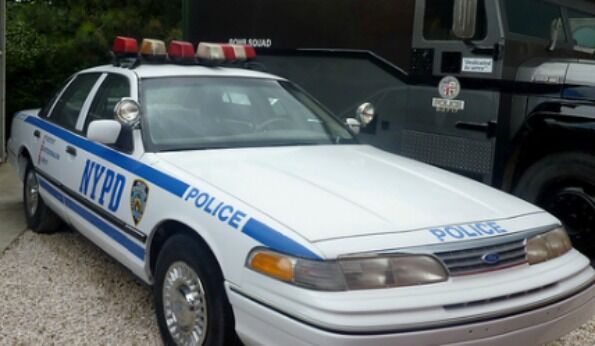









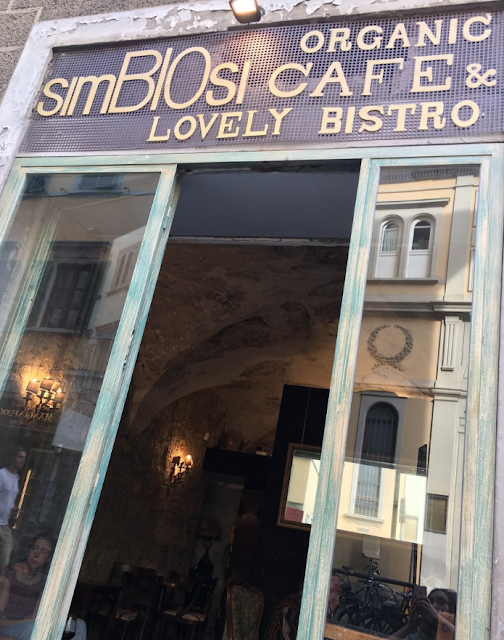
















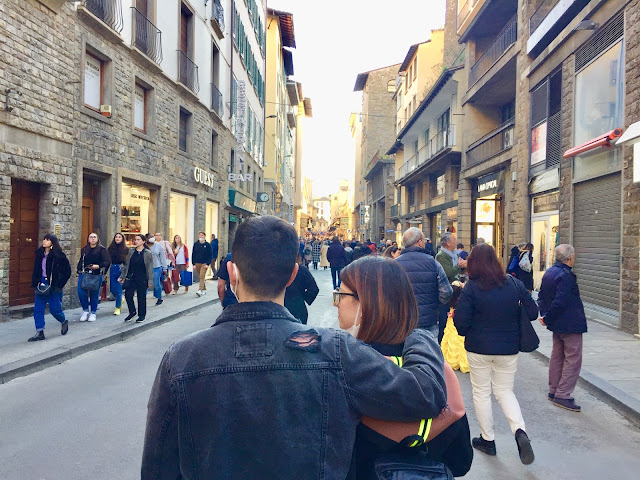

























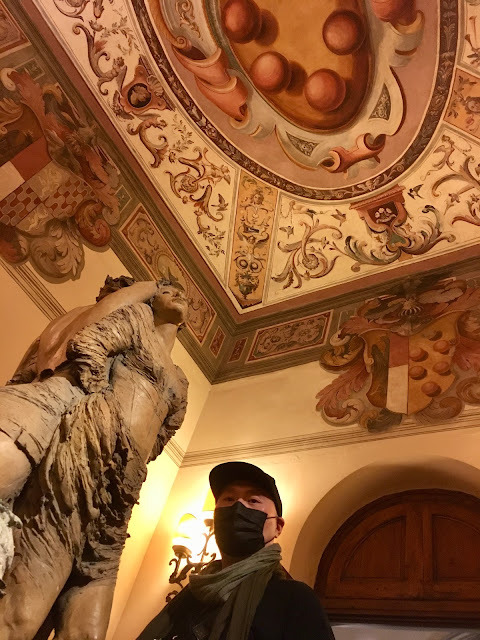

.svg.png)





























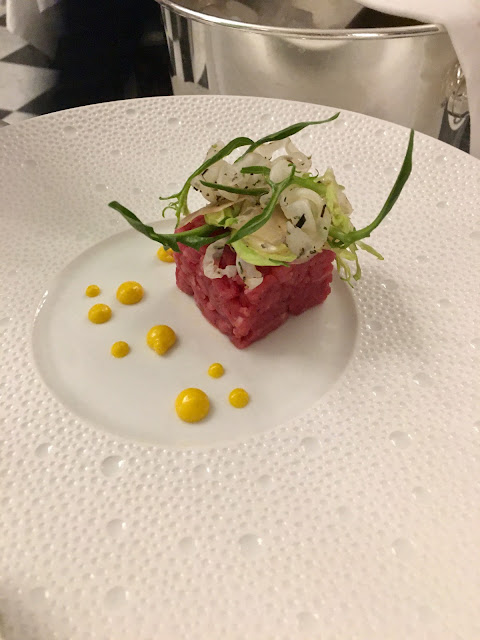












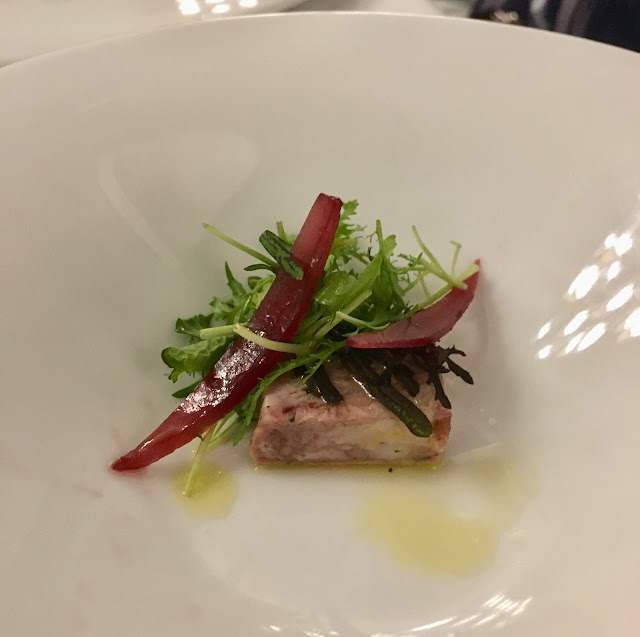






















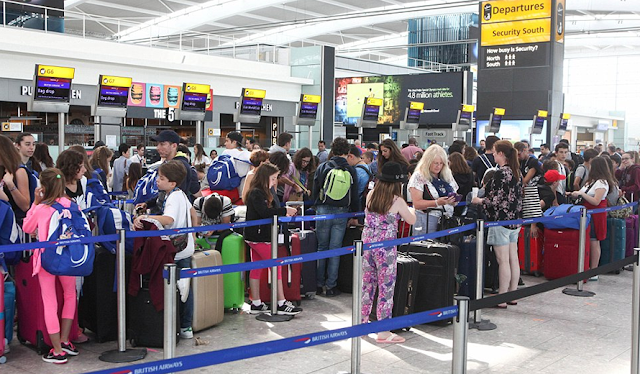



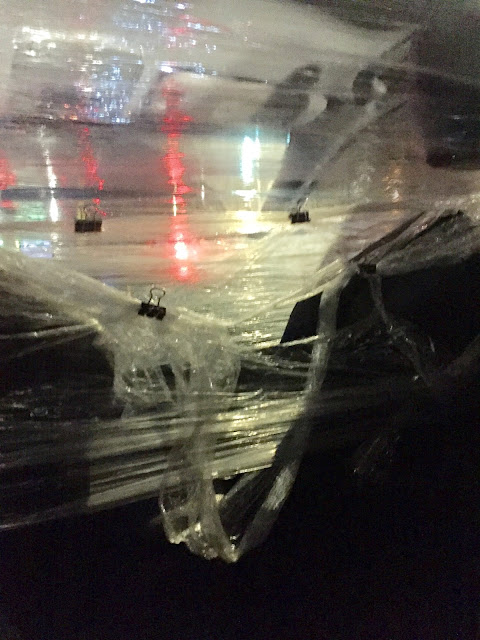




Ken you inspire your readers to pack up everything and head out to unknown, to explore the farthest reaches of our planet and to see the world for what it really is.Thanks for sharing!!
ReplyDeleteDragan
Dragan